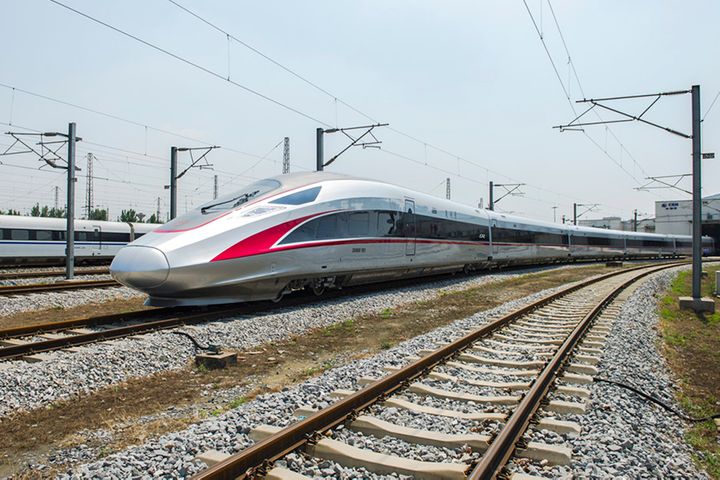 Beijing-Shanghai High Speed Railway Starts IPO Today, Scale 17% Smaller Than Previous Plan
Beijing-Shanghai High Speed Railway Starts IPO Today, Scale 17% Smaller Than Previous Plan(Yicai Global) Dec. 25 -- China's most profitable high-speed railway operator Beijing-Shanghai High-Speed Railway launched an initial public offering today. The number of new shares issued has been cut by about 17 percent compared to the company's original plan announced in its prospectus in late October.
The IPO of no more than 6.3 billion new shares, or 12.8 percent of BSHSR's total share capital after the issue, will be priced after consulting with investors, according to the company prospectus released yesterday. The IPO's online and offline subscription date is set for Jan. 6 next year.
The firm's October prospectus planned to issue no more than 7.6 billion new shares, or up to 15 percent of its enlarged capital, which, if it had been completed, would have made it the largest mainland listing in the past decade.
BSHSR cut its financing scale possibly to reduce the pressure on market funds. To ensure its stock price performance in the initial stage, the company has set the placement ratio at 50 percent in its prospectus, which exceeds the 40 percent ratio of another large-cap IPO, the Postal Savings Bank of China's listing earlier this month. However, BSHSR has not adopted the greenshoe mechanism in its IPO.
PSBC's share price has been above its issue price of CNY5.1 (73 US cents) since it went public on Dec. 10 due to the high placement ratio and green shoe mechanism that can stabilize stock performance at the initial stage of the listing.
IPO companies with strategic placement usually raise large funds and setting a lock-up period can lessen the impact of their IPOs on the secondary market.
BSHSR would use the funds raised, after deducting the issuance costs, to acquire a 65.1 percent stake in a regional high-speed railway operator, the Beijing-Fuzhou Railway Passenger Dedicated Line Anhui, to form a high-speed railway network that connects regional lines, with the Beijing-Shanghai railway being the frame.
The 65.1 percent stake has been priced at CNY50 billion (USD7.2 billion) and BSHSR would raise the remaining funds needed by itself to finish the acquisition, according to the prospectus.
Editor: Peter Thomas